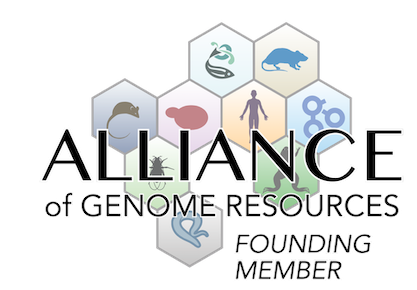mortality/aging
| N |
• mice exhibit a normal lifespan
|
behavior/neurological
|
• mice exhibit episodic periods of extended freezing behavior, piloerection, and a hunched posture unlike wild-type mice
• however, mice exhibit normal gait, limb strength, and vestibular-dependent behaviors
|
|
• anesthetized mice exhibit dystonic postures and a longer recovery time compared with wild-type mice
|
|
• at 5 to 6 months, mice exhibit increased latency to enter the light half of a light dark chamber compared with wild-type mice
• at 6 weeks, mice exhibit increase in the frequency of freezing in a clickbox test compared with wild-type mice
• at 10 weeks, mice exhibit increase in duration of freezing in a clickbox test compared with wild-type mice
• however, behavior in an open field is normal
|
|
• when suspended by their tails, mice exhibit trunk circling behavior unlike similarly treated wild-type mice
• beginning at 10 weeks, toe-pinch reflex is impaired compared to in wild-type mice
• however, mice exhibit normal corneal, pinna, and reaching reflexes
|
|
• mice exhibit decreased startle reflex compared with wild-type mice at greater penetrance than in homozygous mice that worsens with age
|
|
• as early as P8, mice exhibit continuous tremors that increase in severity with age and a dominant episodic tremor with behavioral arrest unlike wild-type mice
• tremors during freezing period are increased in severity and amplitude
|
|
• in a wire maneuver test
|
hearing/vestibular/ear
| N |
• outer, middle, and inner ears are morphologically normal
|
|
• the waveform of ABR is abnormal compared to controls
|
|
• between 8 and 26 kHz, mice exhibit increased auditory brainstem response (ABR) threshold compared with wild-type mice
|
|
• mild semi-dominant
|
nervous system
|
• slightly
|
|
• slightly
|
growth/size/body
|
• as early as 6 weeks
|



 Analysis Tools
Analysis Tools